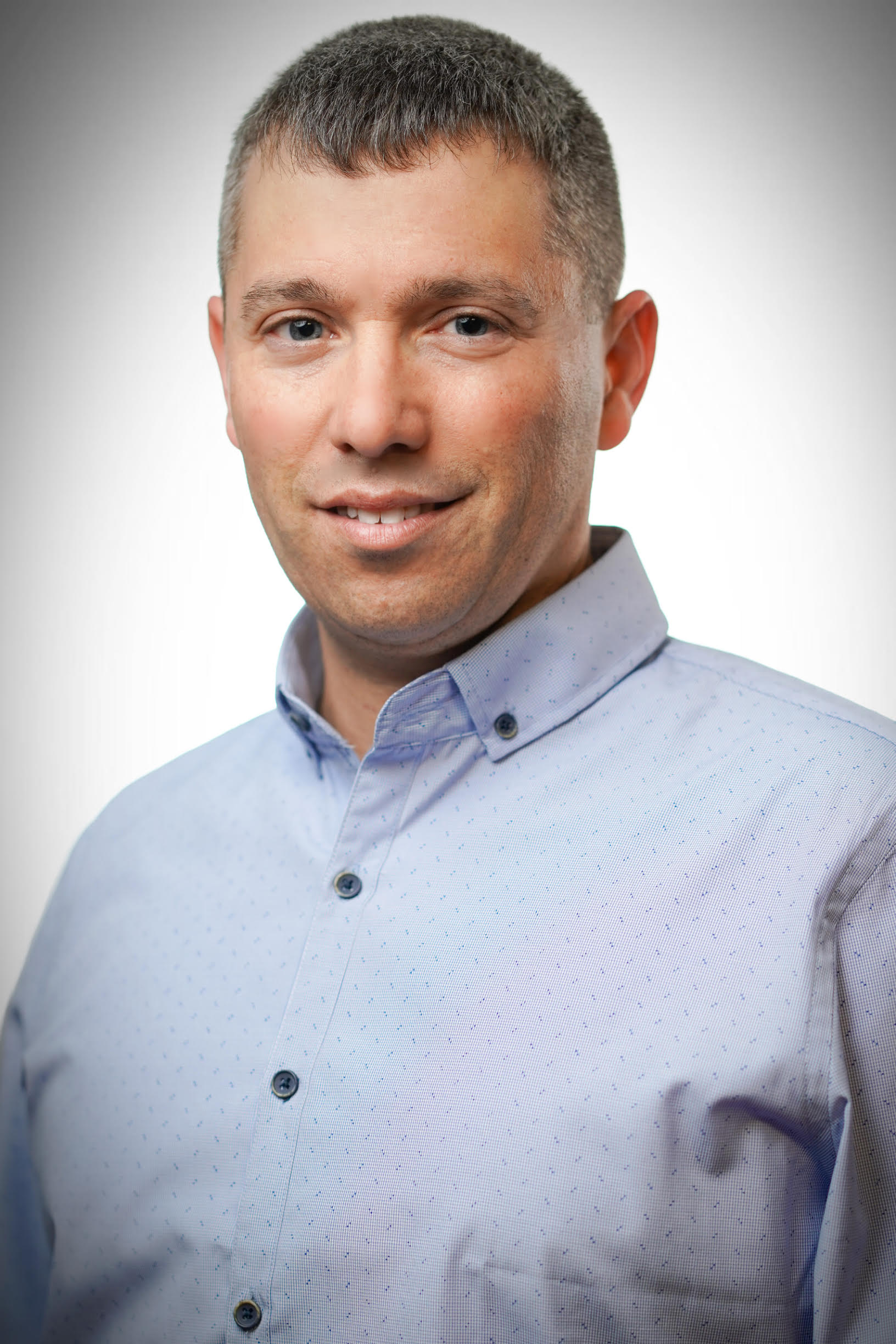Yehonadav Bekenstein
Associate Prof. Yehonadav Bekenstein
Faculty of Materials Science and Engineering & Solid State Institute
Associate Prof. Yehonadav Bekenstein’s passion lies in the intersection of the fields of physics and chemistry. Bekenstein arrived to Technion’s Faculty of Materials Science and Engineering in the Fall of 2018.His research in nano-materials and dreams of exploring next generation optoelectronic materials have brought him to GTEP.
His research group is developing new types of nano-crystals, which are very small crystals in which quantum size effects impact their physical properties. They can manipulate the size, shape and composition of these crystals with atomic precision ultimately controlling their macroscopic properties, such as the color of the light they emit or their electrical conductivity. Bekenstein finds this very exciting. When growing nano-crystals, since each crystal is made up of only a few thousands of atoms, each atom counts. Current scientific instrumentation enables seeing and even moving atoms using specialized microscopy techniques. This opens possibilities of using nanocrystals as tiny models for better understanding how physical properties emerge from manipulations at the atomic level. For example with nanocrystals scientists are able to demonstrate 100% internal quantum efficiency, which means it is possible to make materials with essentially no energy loss mechanisms.
What this means for all of us is a future where we can control the materials we create to face the energy challenges of the future. For instance Bekenstein envisions a day when we won’t have to recharge our cell phones because a seamless way to get energy to the phone will be found, enabling the phone battery to recharge itself.
His group is working on a new class of semi-conductors, Perovskite crystals. These nano-crystals can be made into a material to greatly improve solar cells. Since Perovskite crystals are extremely efficient in emitting light they can also significantly improve LED lights and lighting displays. One problem is that common Perovskites contain lead which is toxic, so his group is working on the next generation of Perovskite nano-crystals that will be lead free. He is also integrating machine learning into this research to sort through all the data to help engineer and design smarter materials and devices.
Bekenstein is very gratified to be doing his research at Technion and at GTEP. He acknowledges that Technion is known worldwide as the birthplace of new materials. He also says, “Diversity of thought is important for the development of science.” The interdisciplinary nature of research at the Technion dates back to the mid 1970s when the Solid State Institute which Bekenstein is also affiliated with, was founded. The interdisciplinary nature of research continues with GTEP which is dedicated to solving the energy challenges the world faces. He did his post-doctoral studies at the University of California at Berkeley and notes that students trained in an interdisciplinary program like GTEP are highly needed and valued both by industry and academia.
Bekenstein is looking for talented and passionate students interested in changing the future of materials and energy to join his research group.


